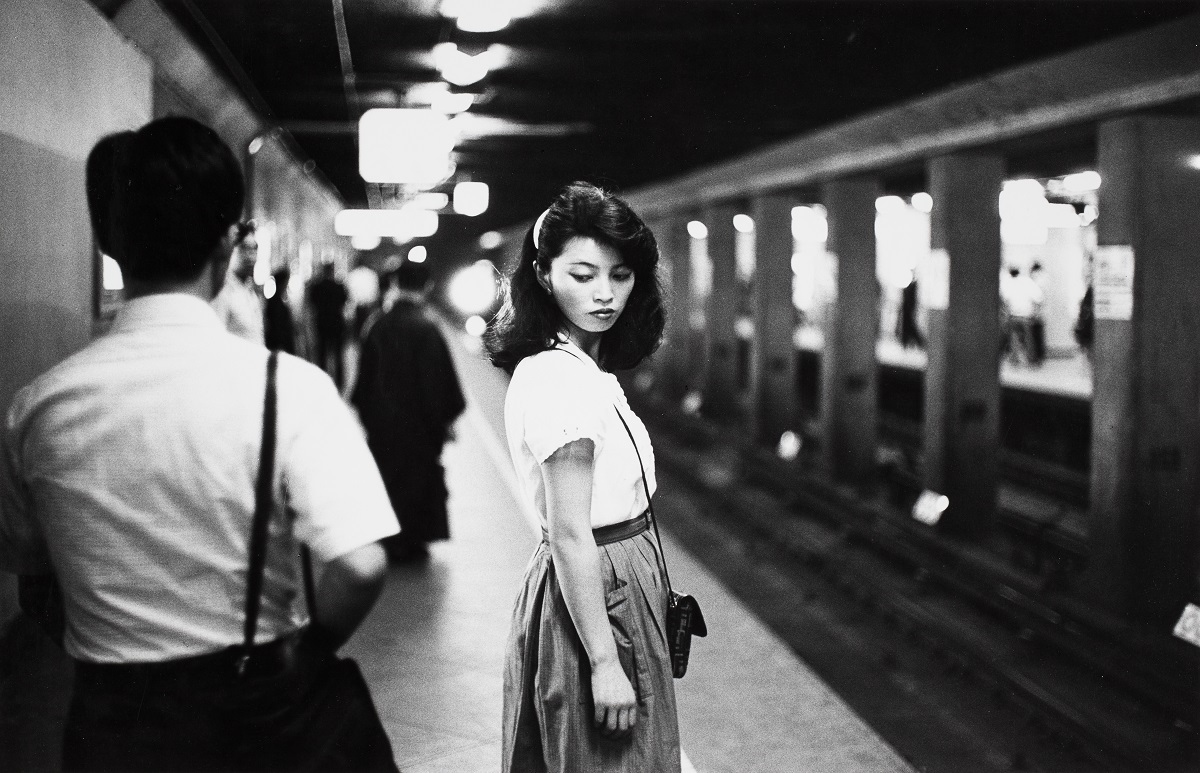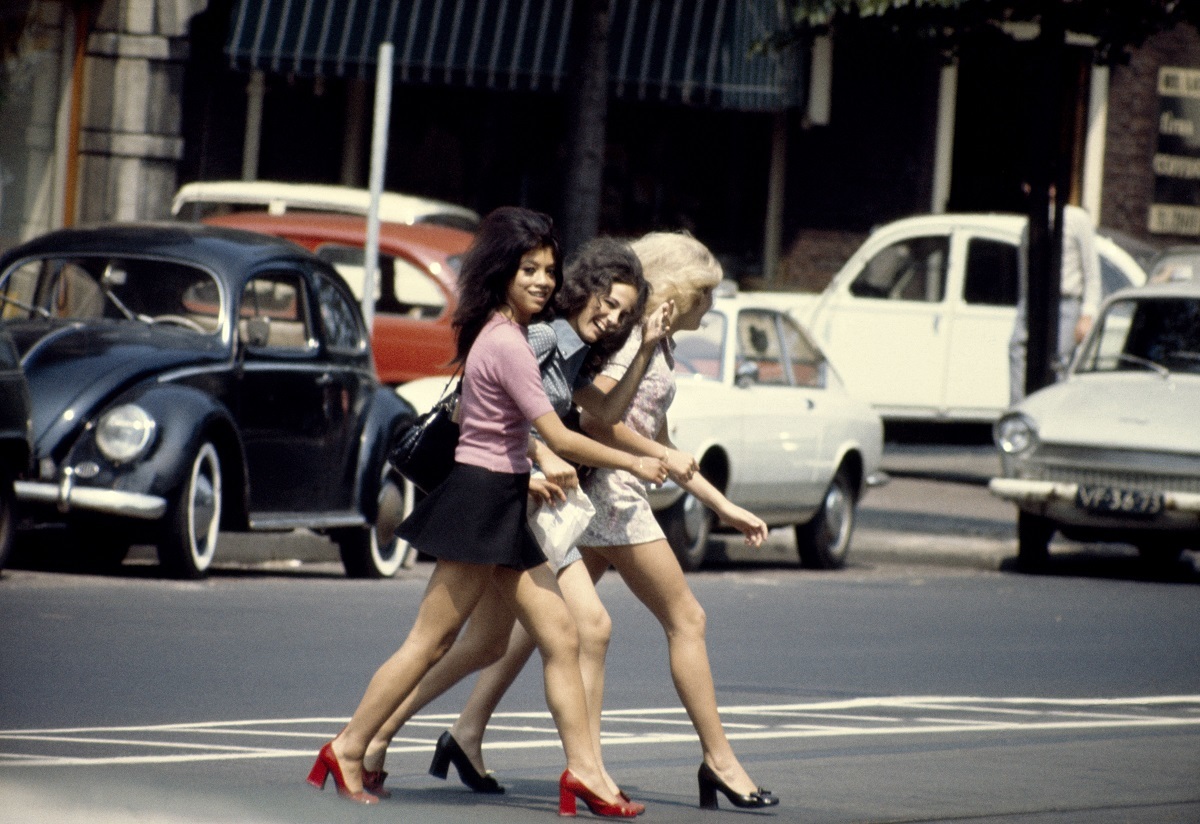Ed van der Elsken was 31 years old when he received international renown with the publication of his now iconic photobook Love on the Left Bank. The images were created as the photographer followed a group of bohemians through the streets of Paris in the mid 50s. He captured their lives and stories, and recognized himself in those he shot.

Ed van der Elsken was a social photographer and documentary filmmaker, and so was always looking at the people around him — people on the street. The results of his vision are almost cinematic, something that is clearly evident in Camera in Love, the recent exhibition held at Amsterdam’s Stedelijk Museum, that gave the photographer his most expansive showing in 25 years. But what is it that makes street photography like his worthy of a place in a museum?
“What it’s all about, is the question of what makes someone a great photographer,” says Hripsimé Visser, curator of photography at the Stedelijk. “It doesn’t matter whether it’s a street photographer, a landscape photographer, or a portraitist. It’s about the quality and depth of the images. And Ed van der Elsken just took really strong photos.”
Hripsimé has worked a number of publications of the photographer’s work in the past — a passion arising from both the depth of his photography, as well as his way of creating an image. “He knew how to catch the essence of a situation. He captured personalities, and made contact with the people in the photos,” says Hripsimé. “Ed used to shape these situations in certain ways, in order to get these exact images. You could say that he was the director of the streets. He talked to people. Because he followed them for a while, he knew exactly when to capture the right moment.”
“A filmmaker from Ed van der Elsken’s generation, called William Klein, made the film series Contacts,” continues Hripsimé. “That’s a brilliant series about how photographers work. He shows how they see something and gradually get closer to find the perfect shot. That’s what Ed did as well. It’s a kind of hunter’s instinct that some street photographers use to capture their subjects. They spot and follow them for a while before they take their photo. It’s all about finding the right moment. That may sound a bit aggressive, but at least Van der Elsken knew exactly what he was looking for.”

His desire for telling a particular story is evident in the way he arranged them into narratives of his photobooks. “The first, Love on the Left Bank, was made in cooperation with designer Jurriaan Schrofer, as was his second book,” says Hripsimé. “He and Ed were thinking very much on the same level. They played with the pages. Usually photographers arrange all photos the same way and in the same size, but Ed and Jurriaan changed the sizes and moved them across the pages. It wasn’t just about pretty or catchy photos. They wanted to tell a story by assembling them in new and surprising ways.”
“Jazz, the third book, was designed by Ed himself. In this book he tries to translate music into images. For example, some photos have been stretched out across multiple pages, placed as lines under each other. This composition resembles the musical notes on page.”
“His fourth book is Sweet Life. For this one, Ed really tried to push the boundaries during the printing process. He took almost all the nuances out of the images, which gives them a very graphical and distorted structure.”

There is a constant that shows throughout Ed van der Elsken’s body of work, clearly evident in Camera in Love, which is that he felt for the people around him. His focus was always on the unique qualities of humankind. He was mostly interested in people in the margins. Hripsimé says this is particularly clear in his work focused on Amsterdam, the city where he lived for years and loved so dearly. “He thought real townsfolk and the local youth were much more fascinating than the people in the richer parts of the city. He was always looking for people who were real in his eyes. He felt a lot of empathy for people, in faraway countries too. That’s visible in the photos he took all over the world. You can see that he loved people and respected them. He would never show off their bad side. He was interested in beauty. Not fashionable beauty or perfect faces, but in the beauty of people who dare to be different. People who were proud, those who radiated individuality.”
Credits
Text Robin Alper
